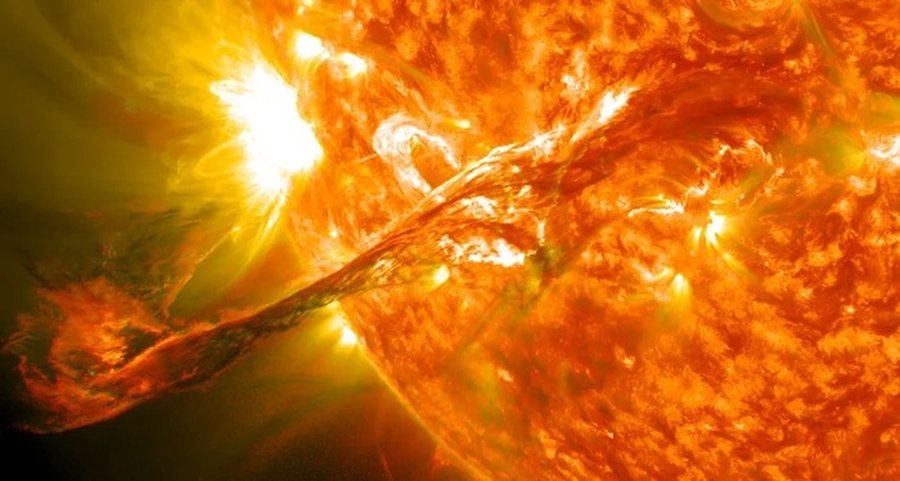
The geomagnetic storm predicted for today, April 16, hit the Earth's magnetic field the day before at around 7:30 PM local time. According to international media, referring to Spaceweather.com, it was at low intensity G1 and G2 overnight, while it is expected to be stronger than forecast and will continue until April 17.
"In reality, according to the German Helmholtz Centre for Geosciences (GFZ), the G3 class has already been reached. According to their values, there were two visible peaks in intensity between 19:00 and 19:30 and between 22:00 and 23:00 on April 15. At the moment it is in a decreasing phase," Mauro Messerotti, professor of Space Meteorology at the University of Trieste, told ANSA.
The GFZ measures the intensity of geomagnetic storms using a classification system that is different from that of the US agency NOAA's Space Weather Prediction Center. It is based on the so-called 'K index', which can take values between 0 and 9. "In the case of the storm that is currently taking place, the two main peaks detected exceeded the value 6 in the first case and even 7 in the second," the professor pointed out.
Geomagnetic storms of this intensity can cause minor problems with power lines and alter the trajectory of satellites in low Earth orbit. There can also be interference with GPS satellite navigation systems and radio wave disruptions, in addition to the Northern Lights being visible even at low latitudes.
(A2 Televizion)











